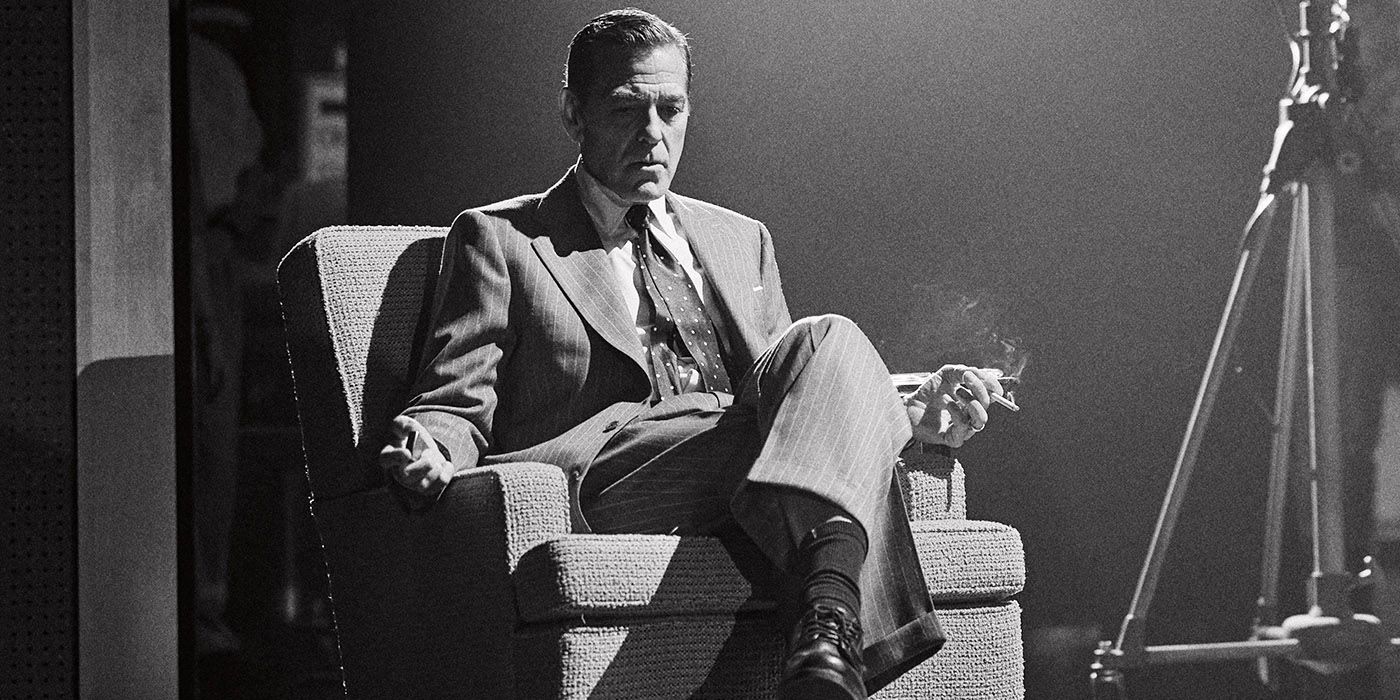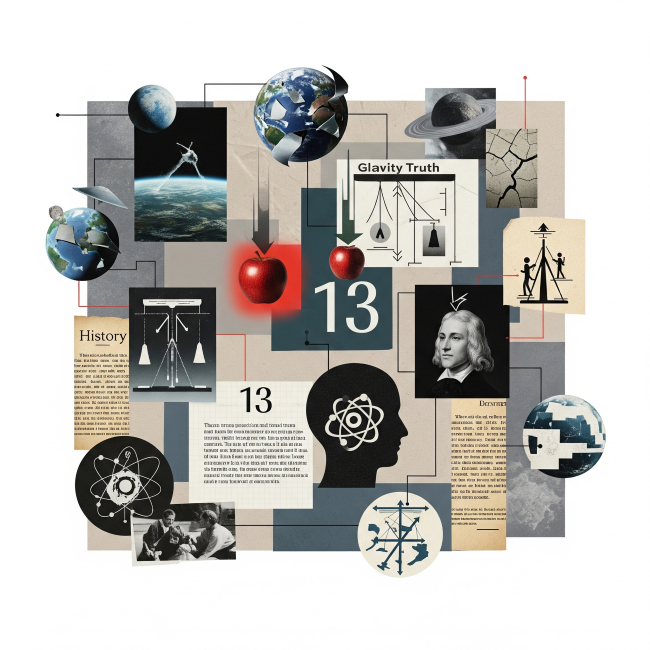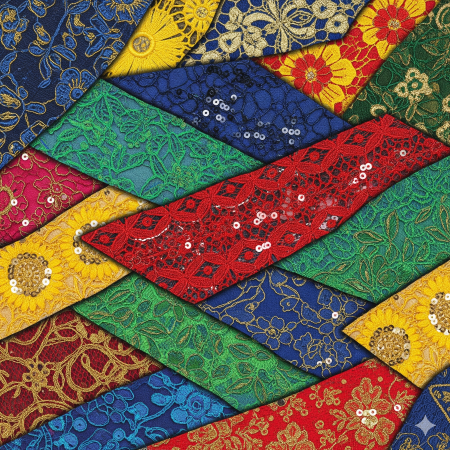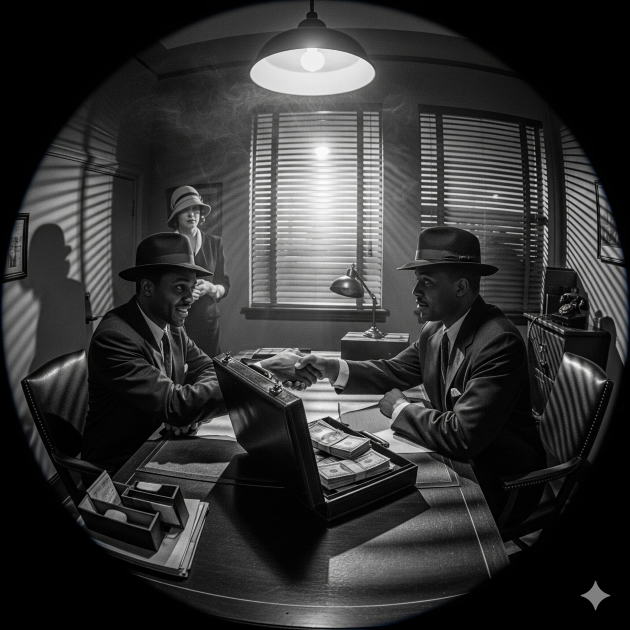5 Tactics To Overcome Fear In The Modern World

Fear is one of the oldest human companions. It sat by the fire with our ancestors, urging them to scan the darkness for predators. It shadows us now in subtler forms: fear of failure, of rejection, of illness, of change.
Yet while fear once kept us alive, today it often keeps us small. It narrows our choices and tightens our thinking, making us mistake possibility for danger. The challenge of the modern mind is not to eradicate fear - that would be foolish. The challenge is to decenter it, to move it from the throne it too easily occupies at the heart of our decision-making.
Decentering fear does not mean denial. It is not the bravado of pretending nothing can touch us. It is the quieter skill of noticing fear without bowing to it, of relocating its voice to the periphery of our mental council rather than its head seat.
Over the past decade, psychologists, philosophers, and everyday people have described ways to do this work. Here are five techniques, practical, research-backed, and deeply human, for loosening fear’s grip.
1. Naming the Creature
Image Credit: Unsplash
Fear thrives in vagueness. A half-formed dread, “something bad might happen,” can feel larger than life because the mind cannot get a handle on it. Psychologists at UCLA have shown that when people put feelings into words, the amygdala, the brain’s fear center, calms down. This is the deceptively simple technique of affect labeling: saying, either aloud or in writing, “I feel anxious about getting older,” or “I am afraid of failing this exam.”
To name fear is to shrink it. When we name the fear, “I fear humiliation,” “I fear poverty,” we see the bars for what they are. Writing fears in a journal or voicing them to a friend makes them less spectral, less shapeless. They become manageable problems rather than omnipotent shadows.
Naming does not eradicate fear, but it reframes it as an object in our field of awareness, something we can walk around and inspect. It is a first act of reclaiming agency.
2. Rehearsing the Worst
A paradoxical technique for decentering fear is to look it squarely in the face. The Stoic philosopher Seneca advised his students to periodically imagine poverty, exile, or even death, not to cultivate despair but to diminish the sting of anticipation. He called it premeditatio malorum, the premeditation of evils.
Modern cognitive-behavioral therapy uses a similar approach: exposure. Instead of letting the mind rehearse catastrophe in an endless, vague loop, one imagines the feared scenario fully. What if you lost your job tomorrow? You might feel shame, then relief, then scramble to update your résumé. You might borrow money, take a temporary gig, find unexpected resilience.
By walking through the details, fear loosens. The unknown becomes known, and you can put things in place to prevent the outcomes of such a disaster.
The technique is not masochism, it is inoculation. By rehearsing the worst, we strip fear of its power to surprise. Often, we find that even the dreaded outcome is survivable. And once survivable, it loses its tyranny.
3. Borrowing a Larger Frame
Image Credit: Unsplash
Fear is profoundly egocentric. It whispers, “You will be harmed. You will be diminished.” One of the most effective ways to decenter it is to place the self inside a larger story. This is why spiritual practices, artistic endeavors, and even the act of volunteering can be powerful antidotes. They remind us that our lives are part of something bigger.
When fear is decentered by purpose, whether that purpose is raising a family, creating a painting, or caring for a neighbor, it no longer commands the whole stage. It becomes one voice among many.
Even secular practices can offer this enlargement. Reading history, or immersing oneself in music videos can provide the cognitive reorientation that says: my fear is real, but it is not the whole of reality. I am one part of a much larger symphony.
4. Training the Body to Signal Safety
Image Credit: Unsplash
Fear is not only a thought, it is a cascade of chemicals: adrenaline, cortisol, racing heart, shallow breath. If we try to argue with fear while our body is in full alarm, the argument rarely works. This is why bodily techniques are crucial.
Breathwork is one. Slow, deliberate exhalation activates the parasympathetic nervous system, signaling safety to the body. In one study, combat veterans with PTSD who practiced diaphragmatic breathing reduced their symptoms significantly. Yoga, tai chi, and even simple stretching provide similar feedback loops: the body says to the mind, “We are safe.”
Another bodily technique is movement. Fear immobilizes. Walking briskly, running, or dancing interrupts the frozen state. The anthropologist Mary Douglas once observed that rituals of movement in traditional societies helped communities metabolize fear collectively.
In our individualized era, a solitary jog can perform a similar function. When the body is calmed or re-energized, the mind follows. Fear recedes to the periphery, replaced by the felt knowledge that we can act.
5. Practicing Micro-Courage
Image Credit: Unsplash
Fear often insists that courage must be grand: running into burning buildings, delivering stirring speeches, confronting powerful enemies. In truth, courage is usually small and cumulative.
Micro-courage is the practice of taking tiny steps into the territory fear guards. It might mean striking up a conversation with a stranger, sending a résumé despite doubts, or speaking one honest sentence in a meeting. Each act is a pebble laid down in the path of resilience. Over time, the brain rewires. What once triggered panic becomes familiar. What once seemed insurmountable becomes routine.
Psychologists call this graded exposure, but it can feel more like personal artistry. You sculpt a self who can tolerate risk, not by leaping, but by inching forward. Each act of micro-courage decenters fear by building an alternative identity: “I am the kind of person who moves anyway.”
Fear at the Edges
Taken together, these techniques, naming, rehearsing, enlarging, calming, and practicing micro-courage, do not destroy fear. That is not the goal. Fear will always flicker in the mind, it is part of our evolutionary inheritance. But fear need not sit in the center of the room, dictating our every move.
In a world saturated with uncertainty, economic instability, political turmoil, climate change, it is tempting to let fear define the atmosphere. Yet to decenter it is to reclaim imagination. It is to notice the other voices at the table: curiosity, compassion, creativity, joy. Fear becomes a participant in the council of the self, but not the ruler.
There is a quiet dignity in living this way. We acknowledge fear, we let it speak, but then we seat it politely at the edge. The center remains free for possibility.
You may also like...
Super Eagles' Shocking Defeat: Egypt Sinks Nigeria 2-1 in AFCON 2025 Warm-Up

Nigeria's Super Eagles suffered a 2-1 defeat to Egypt in their only preparatory friendly for the 2025 Africa Cup of Nati...
Knicks Reign Supreme! New York Defeats Spurs to Claim Coveted 2025 NBA Cup

The New York Knicks secured the 2025 Emirates NBA Cup title with a 124-113 comeback victory over the San Antonio Spurs i...
Warner Bros. Discovery's Acquisition Saga: Paramount Deal Hits Rocky Shores Amid Rival Bids!

Hollywood's intense studio battle for Warner Bros. Discovery concluded as the WBD board formally rejected Paramount Skyd...
Music World Mourns: Beloved DJ Warras Brutally Murdered in Johannesburg

DJ Warras, also known as Warrick Stock, was fatally shot in Johannesburg's CBD, adding to a concerning string of murders...
Palm Royale Showrunner Dishes on 'Much Darker' Season 2 Death

"Palm Royale" Season 2, Episode 6, introduces a shocking twin twist, with Kristen Wiig playing both Maxine and her long-...
World Cup Fiasco: DR Congo Faces Eligibility Probe, Sparks 'Back Door' Accusations from Nigeria

The NFF has petitioned FIFA over DR Congo's alleged use of ineligible players in the 2026 World Cup playoffs, potentiall...
Trump's Travel Ban Fallout: African Nations Hit Hard by US Restrictions

The Trump administration has significantly expanded its travel restrictions, imposing new partial bans on countries like...
Shocking Oversight: Super-Fit Runner Dies After Heart Attack Symptoms Dismissed as Heartburn

The family of Kristian Hudson, a 'super-fit' 42-year-old marathon runner, is seeking accountability from NHS staff after...






